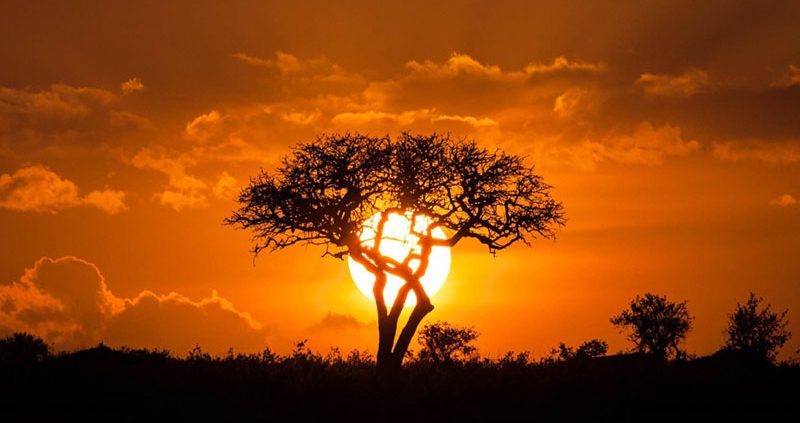The Influence of Average Annual Sunshine And Total Solar Radiation Intensity In Africa For Solar Street Light
LUXMAN specializes in the production of solar LED street lights. Before each project is carried out, the customer’s environment and application will be investigated. Factors such as longitude and latitude, sunshine intensity, installation height of solar street light, installation location, estimated human flow, working hours per night, whether to accept intelligent dimming, etc. Will be considered and recommended. In this way, we can offer the best solutions, provide suitable products and fantastic services to our customers.
- Average Annual Sunshine in Africa
From a longitude and latitude point of view, Africa spans 30°N〜30°S. In average annual sunshine, the general trend is more in the north and south of Africa, and less in the middle. North of Sahara Desert, the annual sunshine is 3 000 ~ 3 500 hours. It’s lower in the central Africa, Gulf of Guinea and Congo Basin, at only 2 000 ~ 2 500 hours per year. It’s higher in the south of Africa, about 2 500 ~ 3 500 hours per year. Between 10° N ~ 10° S, the annual sunshine hours in the East are higher than in the West. For example, Somalia, Ethiopia and Kenya average 2 500 ~ 3 500 hours per year, while Liberia, southern Nigeria, Congo and Democratic Congo in the West average 2 000 ~ 2 500 hours per year.
Due to the control of the tropical continental Saharan air mass in northern Africa, the climate is dry and sunshine is abundant. The annual sunshine in Egypt, Algeria, Libya, Mauritania, Niger, northern Chad and Northern Sudan at 10°〜30°N is more than 3,000 hours. Western Africa is affected by the Equatorial Ocean Air Mass and it has less sunshine. From Sierra Leone to Central Africa and Democratic Congo, the annual sunshine is 2,000 to 2,500 hours. Affected by the dry northeast monsoon and the changeable southeast monsoon in East Africa, the climate is dry and sunshine is abundant throughout the year. From southern Sudan, Ethiopia, Somalia to northern Mozambique, the annual sunshine increases to 2 500 ~ 3 000 hours.
Southern Africa is controlled by the subtropical highs in the Atlantic and Pacific Oceans. It has stable air, less rain and more hours of sunshine, especially on the West coast. It’s particularly obvious. Southern Zambia, Angola and Mozambique have relatively less sunshine than in the south, ranging from 2500 ~ 3 000 hours per year. In an area centered in Botswana, the annual sunshine is more than 3000 hours. At the east coast of South Africa, it’s about 2 500 hours per year.
- Annual Total Solar Radiation Intensity
The annual total solar radiation intensity is 6 300 ~ 6 700 MJ/m2 in the Mediterranean coast of Africa. With Sahara as the center extending eastward to Sudan, Ethiopia, Somalia and Eastern Kenya, and Northern Tanzania, it’s about 7 500 ~ 8 400 MJ/m2. From the Gulf of Guinea in West Africa to Congo and Zaire, it’s about 5 800 ~ 6 700 MJ/m2. The rest of Africa is mostly at 6 700 ~ 7 500 MJ/m2.


